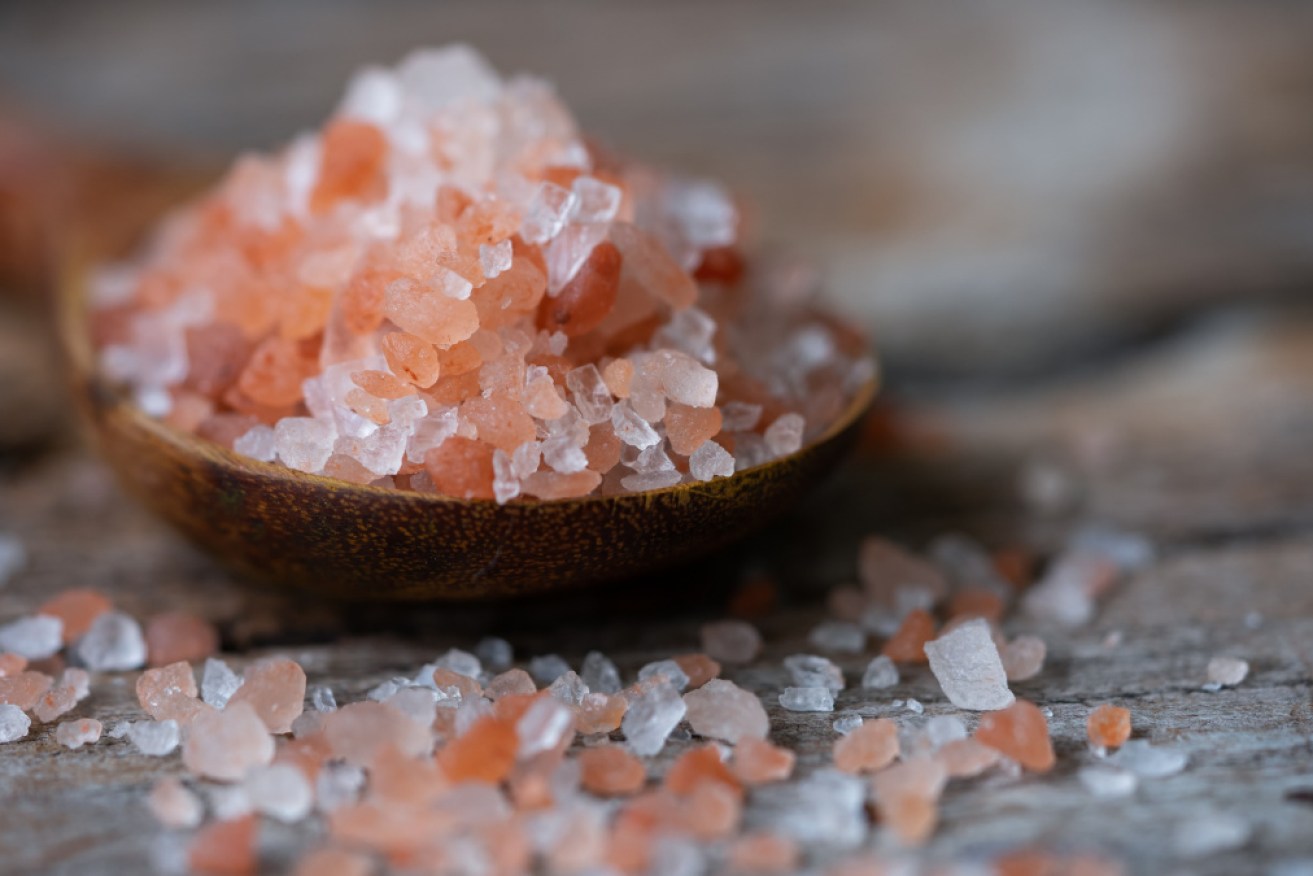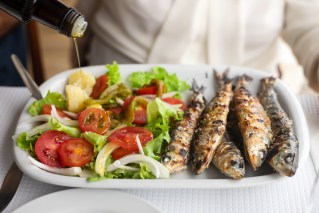Pink salt health claims salted by Australian study


Bad news for those who have been shelling out extra for pink salt all this time – it’s not actually any healthier for us.
In some cases, it might even be doing us harm.
Since it came onto the seasoning scene with its eye-catching soft hues, we’ve been told pink salt is “better” for us, because it contains more minerals.
A study from Nutrition Research Australia found that yes, it does have higher levels of essential nutrients, compared to regular white salt – but it can also contain higher levels of heavy metals.
There’s also no consistency to the product nutrients’ levels: Of the 31 samples tested, there was a wide variation in the levels of nutrients found, with iron levels ranging between 0 and 17mg/100g and calcium levels ranging between 53 and 574mg/100g.

Recipes will often call for pink salt these days – some say they can taste the difference. Photo: Getty
So while pink salt does contain more nutrients than white table salt, you’d need to eat more than 500 per cent the daily recommended sodium limit for it to have any (positive) effect on your health.
That’s about six teaspoons – no thanks.
More alarmingly, some pink salt samples contained aluminium (up to 19mg/100g) and lead (up to 0.26mg/100g, with one sample exceeding national contaminant levels) – both heavy metals that are harmful if consumed long-term or in excess.
Nutrition Research Australia CEO Dr Flavia Fayet-Moore said while pink salt contained more minerals than white, the amounts were not meaningful and limiting salt intake was in line with World Health Organisation recommendations.
“Pink salt’s reputation for being ‘healthier’ has now been debunked, with the nutrient level too low and variable for it to be a consistent source of nutrients,” Dr Fayet-Moore said.
The top three nutrients found in pink salt (excluding sodium) were magnesium, calcium and potassium, but one teaspoon only contributed between 1 per cent and 5 per cent of daily needs, and 100 per cent of the maximum sodium limits (5g of salt).
Often called Himalayan pink salt, the product is mined from the mountain region, most commonly Pakistan. It gets its colour from those trace minerals – magnesium, potassium and calcium.

We also see pink salt as lamps, which are touted to have health benefits like soothing allergies, purifying air and promoting restful sleep. Photo: Getty
It’s also more expensive than regular table salt, which is about 0.07 cents per 10 grams, versus pink salt at 20 cents for 10 grams. Gourmet sea salt clocks in at 29 cents.
Oh, and it’s a finite resource. So once it’s gone, it’s gone for good.
“While pink salt may look prettier … there are many healthy ways to enhance flavour and add colour to your meal, such as using herbs and spices like paprika, turmeric, cinnamon, saffron and even pink peppercorns,” Dr Fayet-Moore said.
-with AAP








